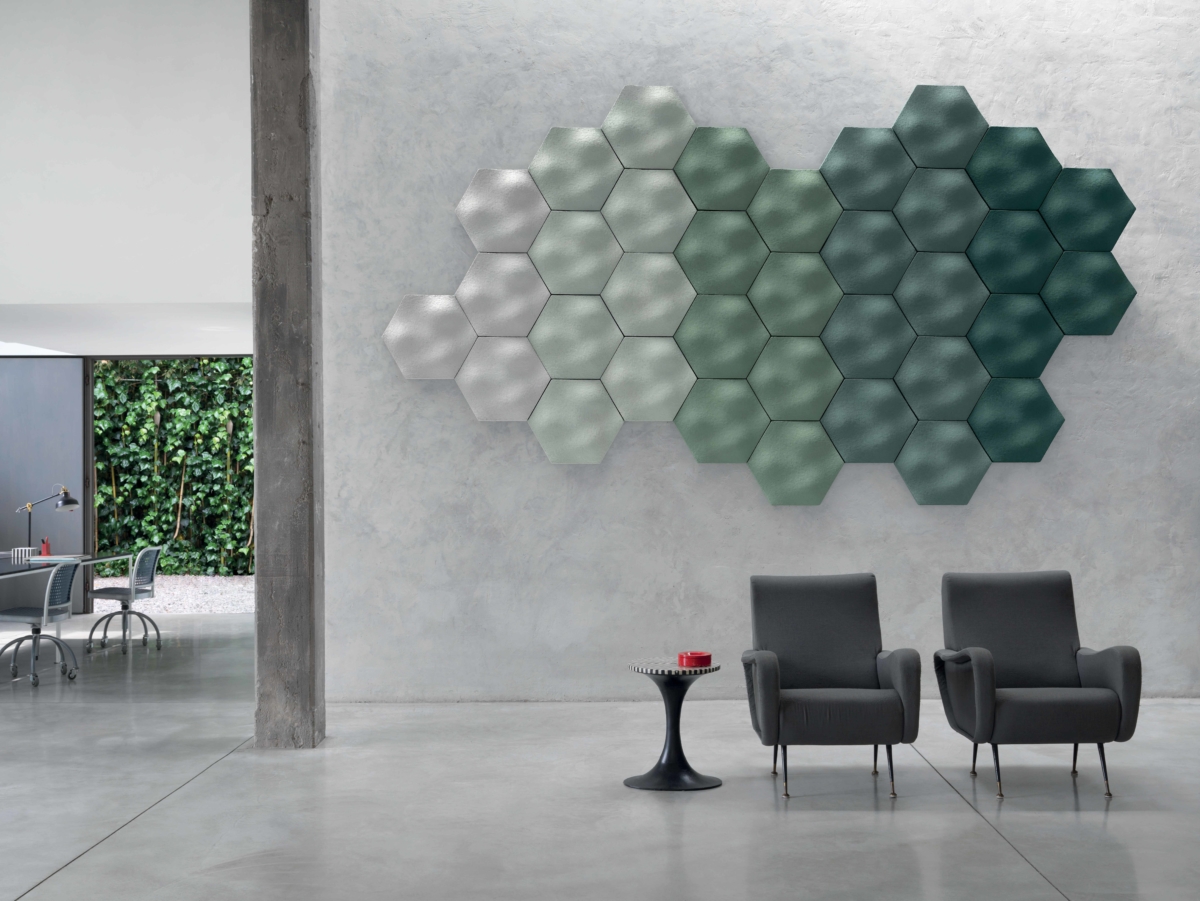Attain Perfect Consistency in Your Home With Effective Soundproofing Strategies for Ideal Acoustics
Creating an atmosphere of ideal consistency in your home involves even more than simply the appearances of style and style. Soundproofing plays an important role in attaining ideal acoustics, influencing the means we experience and engage with our home. By recognizing the basics of soundproofing, identifying resources of noise disruptions, choosing appropriate products, and applying tried and tested methods, you can change your home right into a haven of tranquility where audio improves as opposed to interrupts. The trip to grasping soundproofing strategies for suitable acoustics begins with a thoughtful technique that balances performance and convenience, bring about an immersive acoustic experience that truly balances with your way of living.

Understanding Soundproofing Basics
Soundproofing is rooted in the understanding of exactly how sound waves traveling and engage with different products. The secret to successful soundproofing exists in interfering with or absorbing these audio waves to lessen their transmission from one space to an additional.
Comprehending the concept of audio transmission class (STC) rankings is essential in picking the ideal materials for soundproofing. The STC ranking measures exactly how well a material can lower airborne audio transmission with it, with greater STC scores showing much better soundproofing capabilities. Furthermore, considering the influence of impact insulation course (IIC) ratings for reducing impact sound, such as footsteps or furnishings moving, can further improve the performance of soundproofing services.
Analyzing Noise Resources in Your Home
Structure upon the fundamental understanding of soundproofing concepts, an essential action in reliable sound reduction within your home entails recognizing and analyzing the numerous resources of undesirable sound. Noise sources can be categorized into two major kinds: air-borne noise, which includes sounds like conversations, music, and tv, and influence sound, such as footsteps or items being dropped.
In addition, take into consideration exterior resources of noise, such as traffic, neighbors, or nearby construction, which can also influence the acoustics within your home. acoustic solutions. Recognizing these sources will aid you prioritize areas for soundproofing and pick one of the most reliable solutions. By pinpointing the certain sound resources in your house, you can tailor your soundproofing initiatives to attain ideal outcomes and create a much more peaceful and harmonious living atmosphere
Selecting the Right Soundproofing Products
When choosing soundproofing materials for your home, it is necessary to focus on efficiency and compatibility with your details noise problems. Take into consideration elements such as the kind of sound you are trying to block, the level of soundproofing required, and the looks of the products to ensure they blend effortlessly right into your living room.
One common material for soundproofing is acoustic foam. This lightweight and versatile product is wonderful for soaking up mid to high-frequency noises, making it optimal for music areas, home cinemas, or offices. Another alternative is mass-loaded plastic, which works in shutting out low-frequency noises like website traffic or equipment sounds. For wall surfaces and ceilings, soundproof drywall is a prominent option as a result of its ability to reduce noise transmission between rooms.
Curtains and carpets made from sound-absorbing products are additionally reliable in wetting sound, specifically in locations with hard surfaces that cause audio to jump about. Keep in mind, the secret to successful soundproofing is selecting the best materials that resolve your details sound problems while improving the overall comfort and acoustics of your anchor home.
Implementing Soundproofing Techniques
To effectively apply soundproofing strategies in your home, it is important to start by assessing the locations that are most prone to noise infiltration. Usual sources of noise can consist of outside review noises from web traffic, neighbors, or nearby building and construction, along with interior sources like devices, plumbing, and entertainment systems. As soon as you have identified these locations, you can begin implementing soundproofing options tailored per certain room.

For more significant noise reduction, think about mounting soundproof drywall, double-glazed home windows, or resistant networks to separate resonances. In addition, repositioning furnishings, adding bookshelves, or integrating sound-absorbing materials can additionally improve the acoustics of a space. By tactically carrying out these soundproofing methods, you can produce a quieter and more serene living atmosphere in your home.
Maintaining and Improving Acoustic Environment
After implementing soundproofing techniques to resolve sound seepage in your house, the focus shifts towards keeping and boosting the acoustic atmosphere to make sure a constantly serene home. To maintain optimum acoustics, routinely my sources inspect soundproofing products for deterioration, ensuring they remain reliable in obstructing unwanted noise. Maintain doors and home windows correctly sealed to stop audio leakage and consider including weather condition removing or door moves for extra soundproofing.
Improving the acoustic environment can entail calculated placement of furnishings, rugs, and drapes to moisten sound representations and echoes. Making use of sound-absorbing materials such as acoustic panels or foam can further improve the overall audio quality in your house. acoustic solutions. Furthermore, incorporating soft home furnishings like cushions and coverings can help in reducing noise echo, producing a more pleasant auditory experience
Additionally, investing in sound-absorbing design elements like shelfs, tapestries, or plants can add to a well balanced acoustic setting. Regularly decluttering your space can also prevent sound waves from jumping off surface areas, ultimately enhancing the general acoustics of your home. By consistently maintaining and improving your acoustic environment, you can create an unified and peaceful living space on your own and your family.
Final Thought
In verdict, achieving excellent harmony in your home with reliable soundproofing strategies is necessary for optimum acoustics. By understanding soundproofing fundamentals, examining sound resources, choosing the best materials, carrying out strategies, and keeping the acoustic environment, you can create a relaxed and delightful space devoid of unwanted noise disturbances. Prioritizing soundproofing efforts can considerably enhance the general high quality of life in your house.